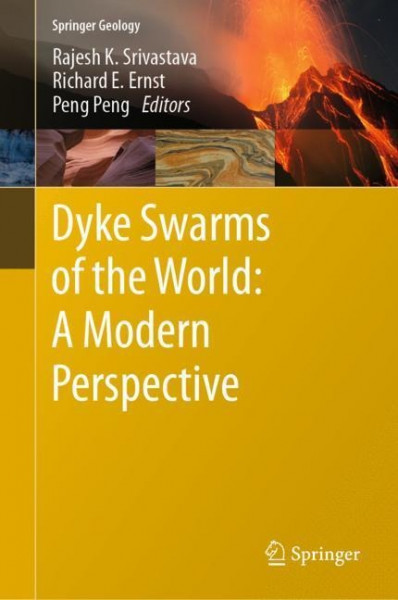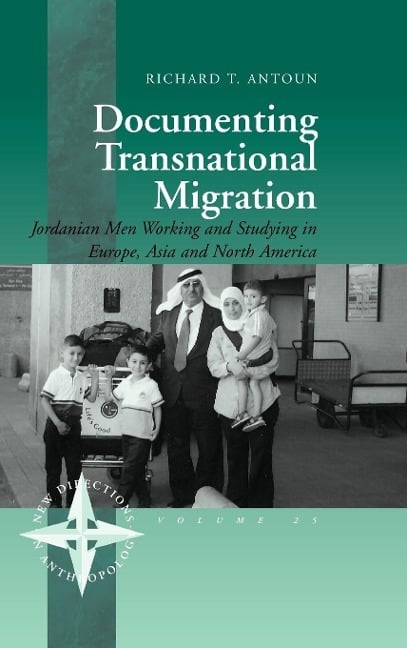
Dyke Swarms of the World: A Modern Perspective
Kurzinformation
inkl. MwSt. Versandinformationen
Artikel zZt. nicht lieferbar
Artikel zZt. nicht lieferbar

Beschreibung
Continuing the tradition of International Dyke Conference, this book is largely based on contributions from the IDC7 but also includes some chapters by invitation. It focuses on mafic dyke swarms and related associations: e.g. links with sills, kimberlites, syenites, carbonatites, and volcanics, discussing the following themes: (i) regional maps/reviews of dyke swarms and related units, (ii) the role of giant dyke swarms in the reconstruction of supercontinents/paleocontinents, (iii) mapping of dykes using remote sensing techniques, (iv) geochronology of dyke swarms, (v) petrology, geochemistry and petrogenesis of dykes, (vi) emplacement mechanism of dykes, (vii) dyke swarms and planetary bodies, and (viii) links to mineralization and resources. von Srivastava, Rajesh K.
Produktdetails

So garantieren wir Dir zu jeder Zeit Premiumqualität.
Über den Autor
Prof. Rajesh K. Srivastava is a Professor of Geology at Banaras Hindu University. His specialization fields are Igneous Petrology, Geochemistry and Precambrian Geology, and his main interests are in: i. Precambrian Mafic Igneous Complexes, particularly dyke swarms and associated volcanic rocks from the Bastar craton, Dharwar craton and Arunanchal Himalayaii. Ultramafic-Alkaline-Carbonatite Complexes of western, southern, and northeastern Indiaiii. Lamprophyres, lamproites, and kimberlites of the Mahakoshal supracrustal belt and Bastar craton (Central India), Damodar valley, East Gondwana (Eastern India), and Eastern Dharwar craton, andiv. the Andaman Ophiolite suite Prof. Richard Ernst is a Scientist in Residence at Carleton University, Ottawa, Canada and a Guest Professor at Tomsk State University (TSU), Siberia, Russia. His research is focused on all aspects of Large Igneous Provinces (LIPs) and links with mineral, metal and hydrocarbon resource exploration, supercontinent breakup, catastrophic environmental/climate change including mass extinction events, and planetary analogues. He is the author of Large Igneous Provinces, published in 2014 by Cambridge University Press. Prof Peng Peng is currently working at the Institute of Geology and Geophysics, Chinese Academy of Sciences. He is a petrologist and geochemist interested in using mafic dyke swarms, greenstone belts and other associated records to reveal the forming and early evolution of the continental crust and the lithosphere, as well as the palaeogeography of Precambrian supercontinents.

- Hardcover
- 228 Seiten
- Erschienen 1992
- Palgrave Macmillan

- Hardcover
- 316 Seiten
- Erschienen 2004
- Berghahn Books, Incorporated

- Hardcover
- 328 Seiten
- Erschienen 2013
- The Merlin Press Ltd.

- Taschenbuch
- 144 Seiten
- Erschienen 2008
- Groundwood Books

- Hardcover
- 402 Seiten
- Erschienen 2022
- ReQueered Tales

- hardcover
- 336 Seiten
- Erschienen 2003
- Civitas Books

- Hardcover
- 144 Seiten
- Erschienen 2011
- Polity

- Gebunden
- 240 Seiten
- Erschienen 2017
- powerHouse Books

- paperback
- 388 Seiten
- Erschienen 2014
- Two Sylvias Press

- Taschenbuch
- 352 Seiten
- Erschienen 2001
- Anchor




































